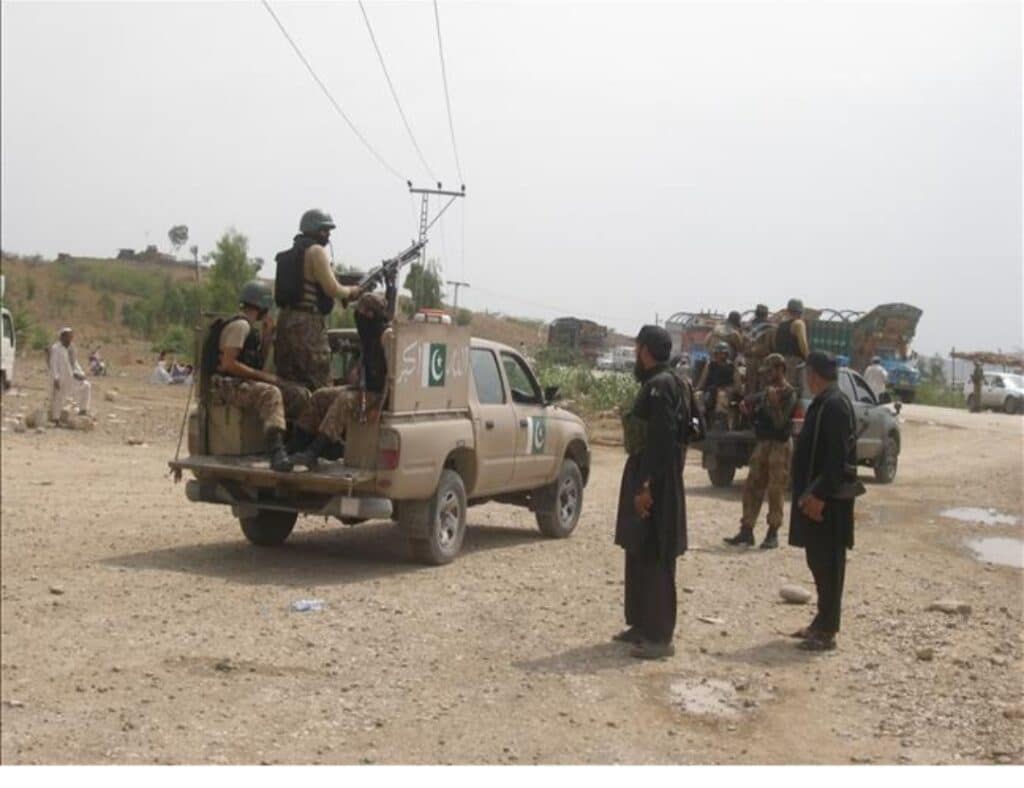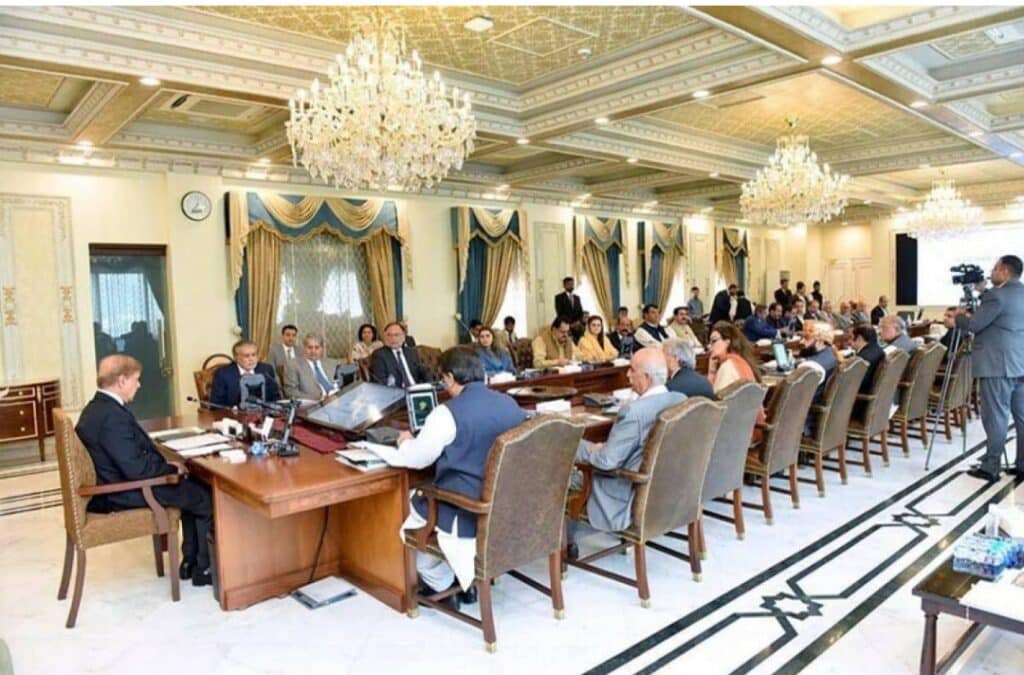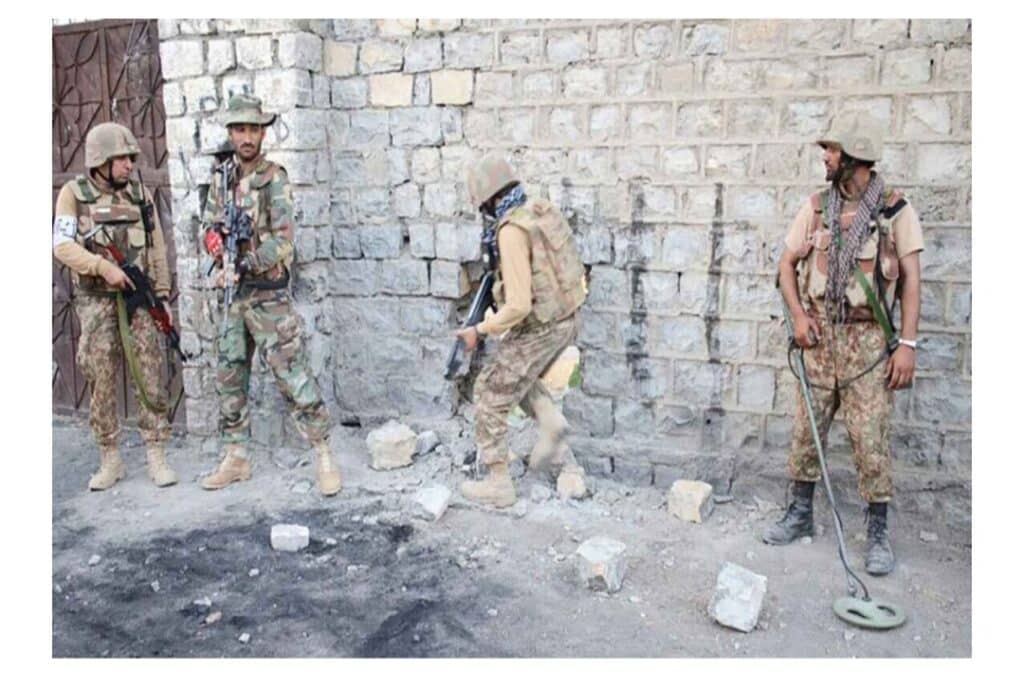Is there a dangerous Indo-Afghan conspiracy underway to deprive Pakistan—especially its Pashtun-majority areas—of water?
Reports indicate that during the Taliban foreign minister’s recent visit to India, the interim Afghan government sought three billion dollars in financial aid from New Delhi to construct a series of small and large dams on the Kabul River and its tributaries, aiming to restrict Pakistan’s water flow.
Water: The New Weapon of the Defeated Taliban and India Against Pakistan
After unilaterally violating the Indus Waters Treaty, India appears determined to wage water aggression against Pakistan—now with the help of the Afghan Taliban, who seem ready to become facilitators of this agenda under the guise of “development projects.”
These proposed Afghan dams are, in fact, part of the same “water policy” that allowed India to build hundreds of dams on Pakistani rivers despite treaty obligations, limiting Pakistan’s rightful share of water. The India–Taliban nexus is now preparing to apply the same formula on Pakistan’s western frontier.
India’s Financial Hand and the New Dam Projects
According to credible information, the Taliban government has requested three billion dollars from India to build multiple dams on the Kabul River and smaller streams. While these are being projected as developmental schemes, they actually form a crucial link in India’s broader plan to weaponize water against Pakistan.
Projects like Naghlu, Darunta, Shah wa Arous, Shahtoot, Gat, Band-e-Khwar, and Gambiri are either under construction or in advanced planning stages, with India’s technical and financial assistance. The Shahtoot Dam, costing around $250 million, will provide water to Kabul city but sharply reduce the flow reaching Pakistan. Experts warn that these projects could cause Pakistan a loss of up to 16 million acre-feet of water annually.
The impact would be most severe in Khyber Pakhtunkhwa’s Pashtun-majority districts—Peshawar, Charsadda, Swabi, and Nowshera—which depend heavily on the Kabul River. Diverting the river’s flow could dry up fertile farmland, cripple hydro-power generation at Warsak Dam, lower groundwater levels, and trigger drought and environmental imbalance.
India’s Dangerous Bargain: Consulates in Return for Cash
Reports further reveal that in return for the three-billion-dollar package, India has demanded permission to reopen more than 24 consulates across 11 Afghan provinces—facilities that were shut down after the Taliban seized power. India seeks to use these consulates for spying and cross-border terrorism, granting New Delhi new platforms to interfere in Pakistan’s internal affairs.
This dangerous expansion reflects a broader design: the Taliban’s interim regime, driven by economic desperation and political isolation, becoming part of a larger Indian game—one that targets Pakistan and its strategic interests.
Pakistan’s Red Line: Water Is Life
Pakistan has repeatedly and firmly warned India on various forums that water is a red line and a lifeline for its people. Any attempt to block or divert it would be treated as an open act of war.
Not only Pakistan but China and several other countries have also cautioned India against such a reckless move, which they term a dangerous conspiracy with potentially grave regional consequences.
The Afghan Taliban must understand—and as self-proclaimed defenders of Islam, they surely know—that the Qur’an itself warns that Hindus and Jews will never be true friends to Muslims. Yet today, the Taliban seem willing to swallow this poisonous friendship, driven by India’s promises, to fulfil New Delhi’s long-standing dream of harming Pakistan.
Whatever the cost, the Taliban–India alliance serves India’s interests perfectly: whether the loss falls upon Pakistan or Afghanistan, for India, both outcomes are equally desirable and celebratory.





